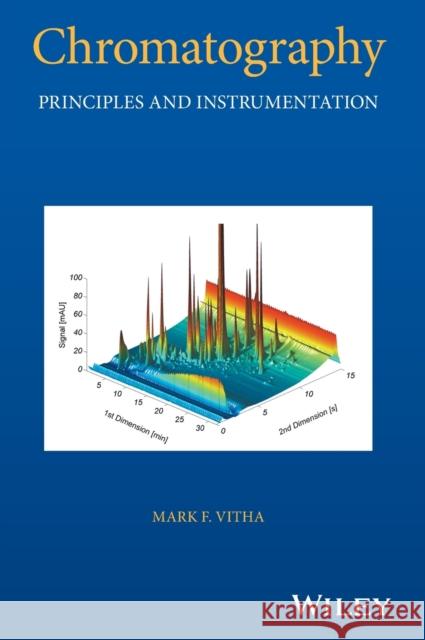Chromatography: Principles and Instrumentation » książka
topmenu
Chromatography: Principles and Instrumentation
ISBN-13: 9781119270881 / Angielski / Twarda / 2016 / 280 str.
Provides students and practitioners with a solid grounding in the theory of chromatography, important considerations in its application, and modern instrumentation.
- Highlights the primary variables that practitioners can manipulate, and how those variables influence chromatographic separations
- Includes multiple figures that illustrate the application of these methods to actual, complex chemical samples
- Problems are embedded throughout the chapters as well as at the end of each chapter so that students can check their understanding before continuing on to new sections
- Each section includes numerous headings and subheadings, making it easy for faculty and students to refer to and use the information within each chapter selectively
- The focused, concise nature makes it useful for a modular approach to analytical chemistry courses











